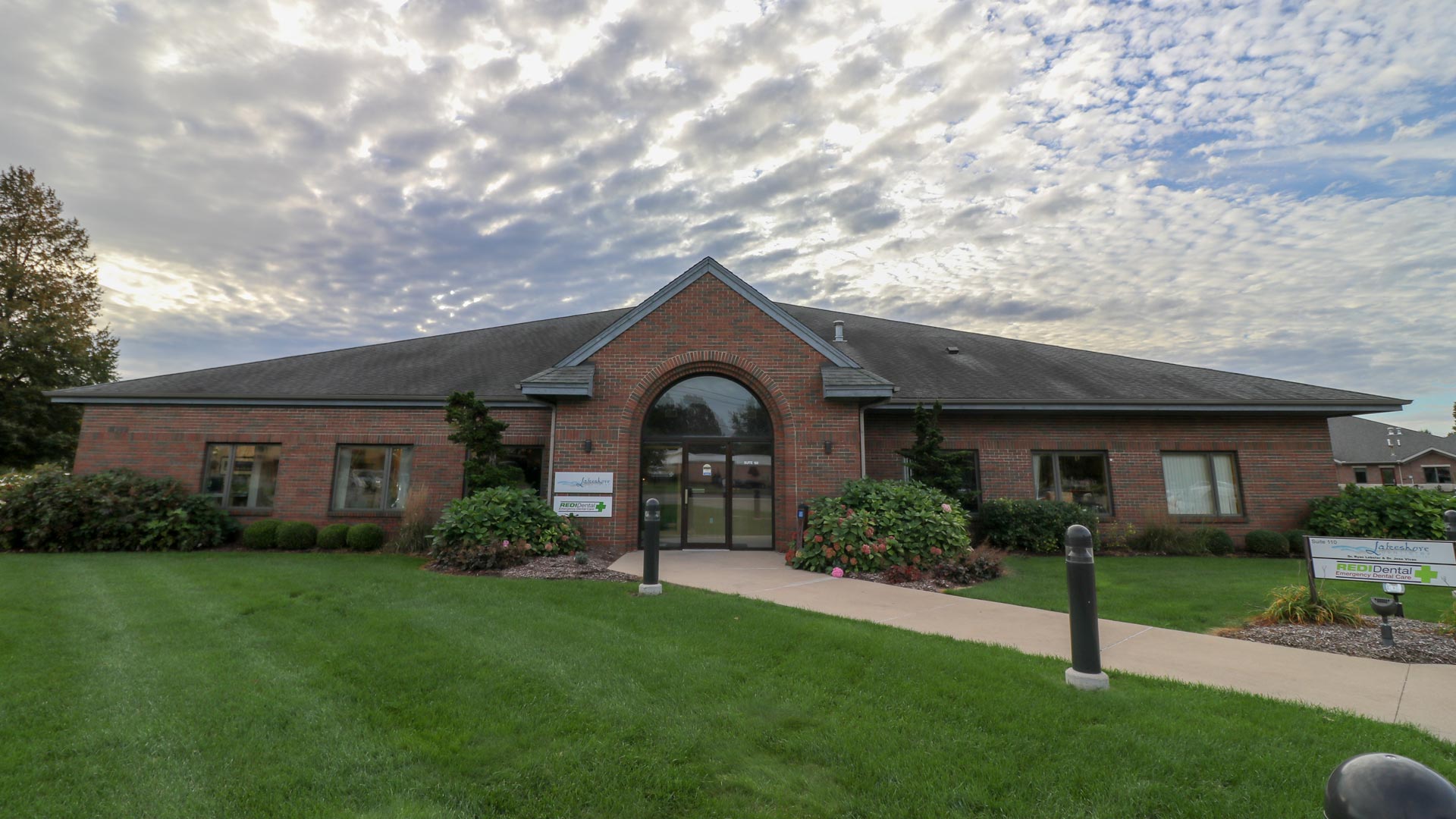
Tooth pain should always be taken seriously by scheduling an appointment with our dentist. A painful tooth might be trying to tell you that there is an infection inside one of your teeth and that you need an emergency root canal.
Our root canal dentist wants to make sure you have all the information you need to protect oral health. Continue reading to learn the signs you need root canal therapy.
Please keep in mind that this blog post was written to help you better understand root canals and in no way should replace a visit to our dentist.
WHAT ARE THE SIGNS OF NEEDING AN EMERGENCY ROOT CANAL?
Sometimes there are no symptoms to warn you of the infected tooth pulp. For this reason, it’s important to schedule a preventive care appointment with our dentist every 6 months.
YOU MIGHT NEED A ROOT CANAL IF YOU EXPERIENCE:
- A tooth darkening in color
- An abscess (or pimple) on the gums
- Prolonged sensitivity to hot and cold
- Severe toothache
- Gum tissue near the tooth is swollen and/or tender
WILL AN ABSCESSED TOOTH GO AWAY ON ITS OWN?
No. An abscessed tooth will NOT go away on its own. In fact, it’s vital that you see our emergency dentist as soon as possible.
A dental abscess is a pocket of infection. If you wait too long to see a dentist, the abscess can burst on its own. Once this happens, the infection can spread to your jawbone and other areas of your head and neck.
The worst-case scenario would be the infection spreading throughout your body. This is a life-threatening condition called sepsis.
The best way to protect your health is to schedule an appointment with our office at the first twinge of dental pain.
WHAT HAPPENS DURING AN EMERGENCY ROOT CANAL?
The goal of root canal treatment is to save abscessed teeth or decaying teeth so they won’t need to be extracted. This means that our dentist will need to remove the decaying tooth nerve, along with the infected tooth pulp. Without root canal therapy, the tooth will die and need to be extracted.
First, our dentist will need to locally anesthetize the tooth so you won’t feel any pain during the root canal. You may feel a slight poke as your doctor injects the pain reliever. Next, our dentist will use a small drill or another dental tool to create a small hole near the top of the tooth.
Once a sufficient opening has been made, our root canal dentist will work to clear the dental pulp infection from your tooth. For good measure, our dentist may flush the inside of your tooth with water and anti-microbial solution to make sure any remaining pulp and bacteria are removed. After the , a temporary filling will be used to seal the small hole.
A few weeks later, you will return to our dentist’s office to have a dental crown fitted over your tooth so it looks and feels natural. The entire typically takes two trips to our office.
WHO DO I CALL WHEN MY TOOTH HURTS?
If your tooth is starting to hurt, it’s important to call our emergency dentist as soon as possible. A dentist will be able to take x-rays and examine your teeth so they can properly diagnose the problem. You should always schedule an appointment with our dentist at the first sign of dental discomfort.
Be sure to describe your symptoms to the person answering your call so they can determine whether emergency dental care is appropriate for your situation.
Dr. Ryan Lebster is a , who specializes in emergency dental care. To learn if you need an emergency root canal, call RediDental Emergency Dental Care at (616) 796-3200.
This blog post has been updated.

